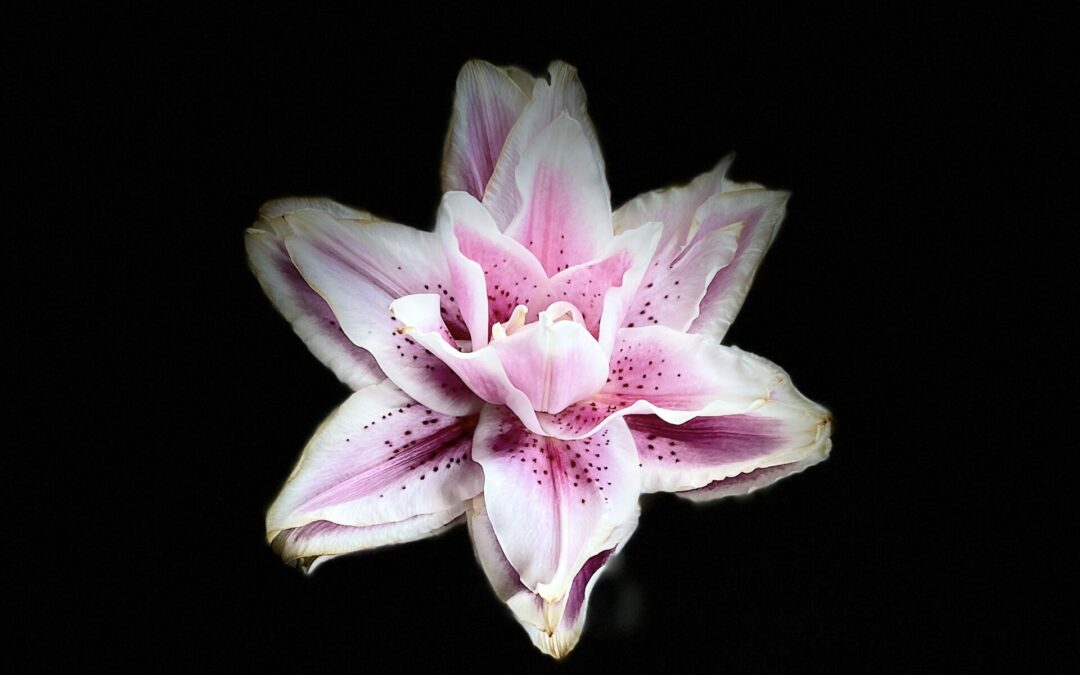I have been grieving throughout most of my adult life. Tragedy first struck when I was in high school and a friend, who was a bit older than I and already in college, was violently attacked and murdered on campus just a short distance from her dormitory. A little over a year later, my first boyfriend who was estranged from me, took his own life with a gunshot to the head.
As many of you know I have also lost two of my children to disease. In addition, I had a miscarriage when first married, and lost one of my fallopian tubes in the process. Over the past two decades I have attended burials for loved ones old and young who have left this life before I: Cancer. Murder. Diabetes. Suicide. Sepsis. Cardiac Arrest. Covid. Natural causes. Accidents.
When it comes to dealing with pain, I feel pretty seasoned. And I continue to work at paving a healing path to help me navigate this life without my lost loved ones. But seasoned as I may be, I learned a new term recently that landed, and I want to share it. It’s called “Nostalgia for Sorrow.”
One of the most powerful tools I have employed along my quest to continue living in the face of profound grief is the gift of rituals. There are certain songs I will play that take me back to rocking my darling daughter Alexis for days at a time on the cancer unit at Children’s National Medical Center, just to feel closer to her. I hold close the yellow plastic stethoscope that I placed on my tiny son Emmanuel’s chest to hear his newborn heartbeat, before it stopped just an hour later.
On a daily basis, I burn candles and sometimes incense to bring a balm to the atmosphere of what feels like literal hell at times. I pray. I meditate. I give thanks and remember. I donate in loving memory. I go to the cemetery and breathe.
Then, there are movies that comfort me, like “This is Where I leave you” or “The Big Chill” or “Collateral Beauty” that help me to channel my pain through safe, healthy and sometimes comedic means, just by checking out of my aching mind and heart, and into these grief-themed films for 90-ish minutes.
There are songs I listen to again, and again, like “This Woman’s Work” by Kate Bush, (remade by Maxwell – also a beautiful rendition) and “The Horses” by Rickie Lee Jones (picked that fave up from the movie “Jerry McGuire” which I watched repeatedly in the summer of 1997 when Alexis was dying and we were stuck in the hospital.) Another song that takes me right to the epicenter of my pain is “Pachelbell – Canon in D” especially when played by George Winston.
I am grateful for these rituals. They don’t get old or stale to me, because I revere them and hold them dear as a way of continuing to maintain the love and connection I still feel for those I love and have died. But as seasoned as I may be, it wasn’t until 2022 that I first heard the term “Nostalgia for Sorrow.”
I have never heard a word or phrase to describe this process of diving into the land of rituals expressed so precisely. I am also now grateful for this combination of words which provides those of us in grief with additional language and terminology to identify what we are feeling, when we are feeling it.
What do you do to feel close to those whom you love and have died? Maybe you too, burn candles, look carefully at photographs, listen to a certain playlist, go to the cemetery with flowers or attempt to smell the clothing of someone who died. Or maybe you are still running through the soles on the bottoms of your feet, so as not feel any of the terror that was born out the loss of a loved one. I did that too, for about 25 years. So fear not, if the running sounds familiar. There is still time to find Peace.
When I think about rituals, somehow this “Nostalgia for Sorrow” phrase just slips on like an old pair of worn jeans. You know the ones, that are faded with holes and are completely out of fashion (a friend once suggested I retire my button-fly “Gap Original” jeans as he called them, since they were so old.) The phrase soothingly captures the precise unfoldment of what these rituals mean to me, and why they are so important in my own healing.
When I hear the word “nostalgia” I think of “The good old days” (whatever that means) like cookouts and the first day of school. Or holiday chorus concerts or playing my flute in church on Christmas Eve. I think of nostalgia for Joyful, pleasant and distant memories. I’m drawn to what we might categorize as “special moments” or times when I felt especially present, loved and loving.
But hearing this word nostalgia, paired with the word sorrow, somehow closes a type of gap I may have encountered when trying to understand “WHY” I repeatedly participate in these rituals. The phrase comforts me, and assures me that just as I occasionally long for some of the special JOY of days gone by, I continue to long for those moments where my PAIN can also be felt, remembered, embodied.
And here’s the “Ah-Ha!” moment (thank you Oprah!): The more space I make for the sorrow of my heart to be present, the less it sneak attacks me. The more I not only acknowledge but also act on my nostalgia for sorrow and seek opportunities to just ‘miss my deceased children’ for example, the less I find myself weeping in the grocery store because I notice the baby food my feeding tube dependent children could never eat.
There is an inverse relationship between creating intentional space to spend with my sorrow and falling apart in random environments, once triggered by something around me. The more I do the former, the less I experience the latter. When I respect my sorrow, my pain, and my grief… when I invite it to settle into me, when I am open to it, when I am welcoming rather than bracing against it, there is a sort of intense, soothing presence that emerges.
And when I try to live in a safe far away emotional castle surrounded by a moat to keep any and all pain away, the opposite is true. I fall apart at random times, snap at someone when I didn’t mean to, eat an entire box of chocolate covered pretzels in one sitting, or binge watch the latest documentary series until I can restore my feeling of safety, once again surrounded by the moat that screams like sirens to my pain: “YOU ARE NOT WELCOME HERE, GO AWAY!”
Maybe you too, read this phrase “Nostalgia for Sorrow” and it resonates. I learned it from a program featuring Pema Chodron and other mindfulness instructors (called ‘Embracing the Unknown’ and accessed on the SoundsTrue platform) during a talk about this exact topic. I tap into such wisdom whenever possible to sharpen the skills it takes to suffer such profound loss and still find a way, not only to survive and live Joyfully, but to share my experiences with the hope of helping others feel less alone.
If you have no sorrow, and no nostalgia for it, that is a Blessing I implore you to appreciate, every chance you have. But if you have sorrow, see if you can open to the idea that there is space for both Joy and Sorrow to co-exist. When we invite both states, equally, into our lives, we build bridges across that moat. The Joy and Sorrow learn to come and go freely, when visiting the emotional castle that is our life. And neither of them stick around forever. It’s more like an energy they co-create, a current that is flowing reciprocally each time we take a breath, and then exhale.
We can decrease the resources we expend in an effort to tear those bridges down in the name of safety, and instead reinvest them in building a harmonious existence. One where all parts of us are loved, respected and honored. Not one where we are only allowed to miss the “good old days” or something fun.
Also known as Equanimity, allowing everything to be here takes the pressure off. We hide less. We open more. We learn new things and meet new people. We also cry, feel sick to our stomachs and wonder if we will ever stop hurting this deeply. But we learn that if we allow everything admission to our lives, our hearts can grow spacious enough to hold all of these experiences simultaneously. Instead of cheering for “Team Joy” and turning our backs on “Team Sorrow” we learn to let everything play together nicely.
I am not suggesting there is anything ‘nice’ about allowing the pain, nor is it an easy choice. But with every lighting of a candle, listening to a song, staring into the eyes of someone we love and have lost in a photograph, we unknowingly, or intentionally, say “I see you. Come sit down. We were just talking about you…”
And before we know it, the pain we once ran from becomes a warm summer breeze that only we intimately notice. We begin to feel connected to it, instead of threatened by it. We learn to turn toward that comforting, familiar breeze, and inhale it with the same dignity and esteem, that we used to reserve for Joy only. And getting a taste of this way of life, if at all possible, lets our pain become a teacher, instead of the faceless horrible monster that we are constantly running from.
Next time you are feeling a little nostalgia for sorrow, try pausing everything you are doing. Take a deep breath, and as you exhale, say out loud, or silently “OK.” Open yourself with the curiosity of a young child discovering something for the first time. See if you can soften, instead of bracing against it. It can teach us great lessons and bear great fruits of wisdom.
Repeat daily.

